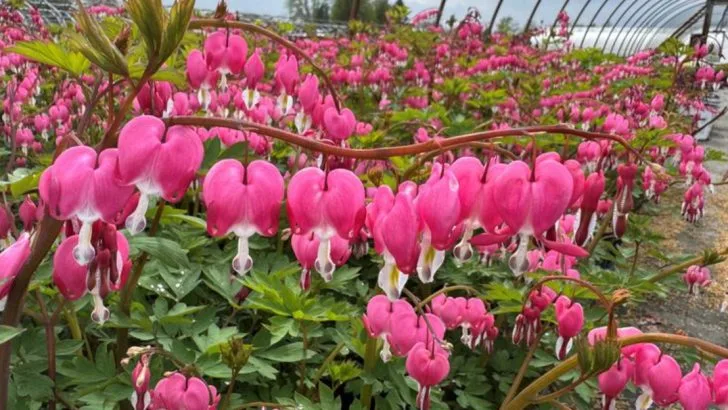Some plants offer a single season of beauty — but others reward you with more charm, color, and fullness the longer they stay rooted. These are the quiet stars of the garden: plants that don’t peak quickly but instead unfold their splendor slowly, maturing into true showpieces over time.
Perfect for gardeners who value lasting impact over instant gratification, these perennials, shrubs, and climbers bring increasing texture, blooms, and structure year after year. They’re not just easy to love — they’re hard not to admire more with each passing season.
In this article, we’ll explore 17 garden plants that don’t just stick around — they get better with age, rewarding your patience with unforgettable beauty.
Peony
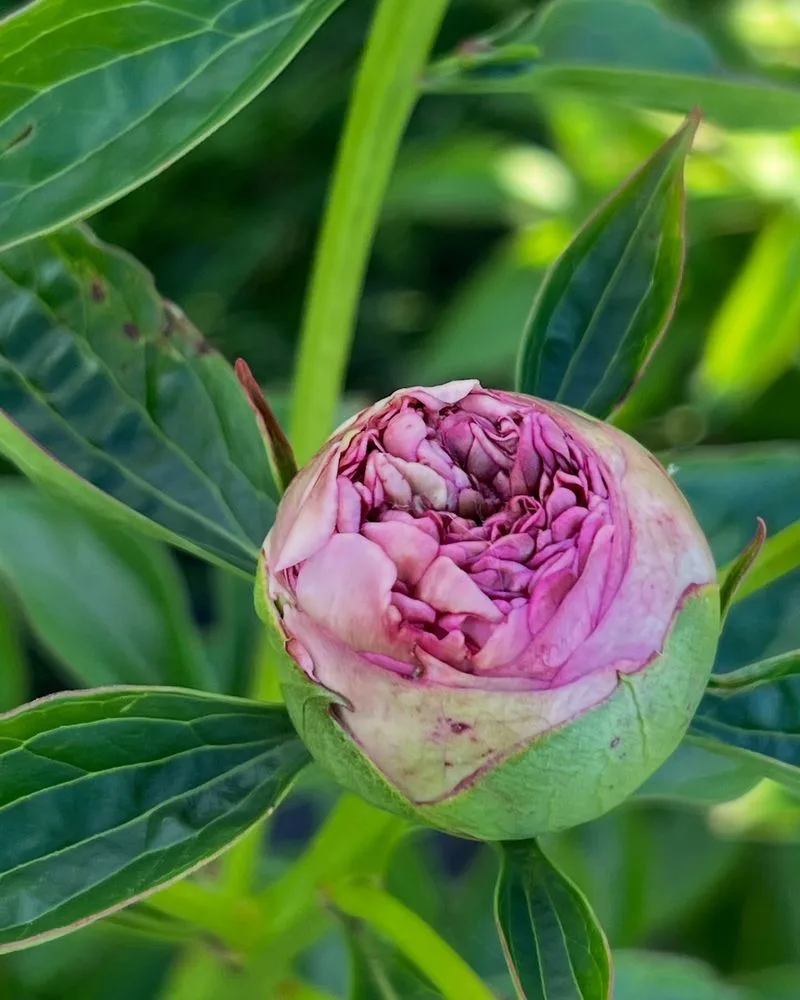
Few things in a garden evoke the same sense of nostalgia and romance as peonies. Their large, ruffled blooms make a statement in any landscape. Starting as tight buds, they unfurl into layers of delicate petals, revealing their full glory.
As the years pass, peonies mature, offering more robust blooms with each spring. Often, their fragrance intensifies, perfuming the air with a sweet, floral scent. This hardy perennial can thrive for decades with minimal care, and their longevity makes them a cherished heirloom plant.
Gardeners treasure them, passing them down through generations as living memories.
Hydrangea
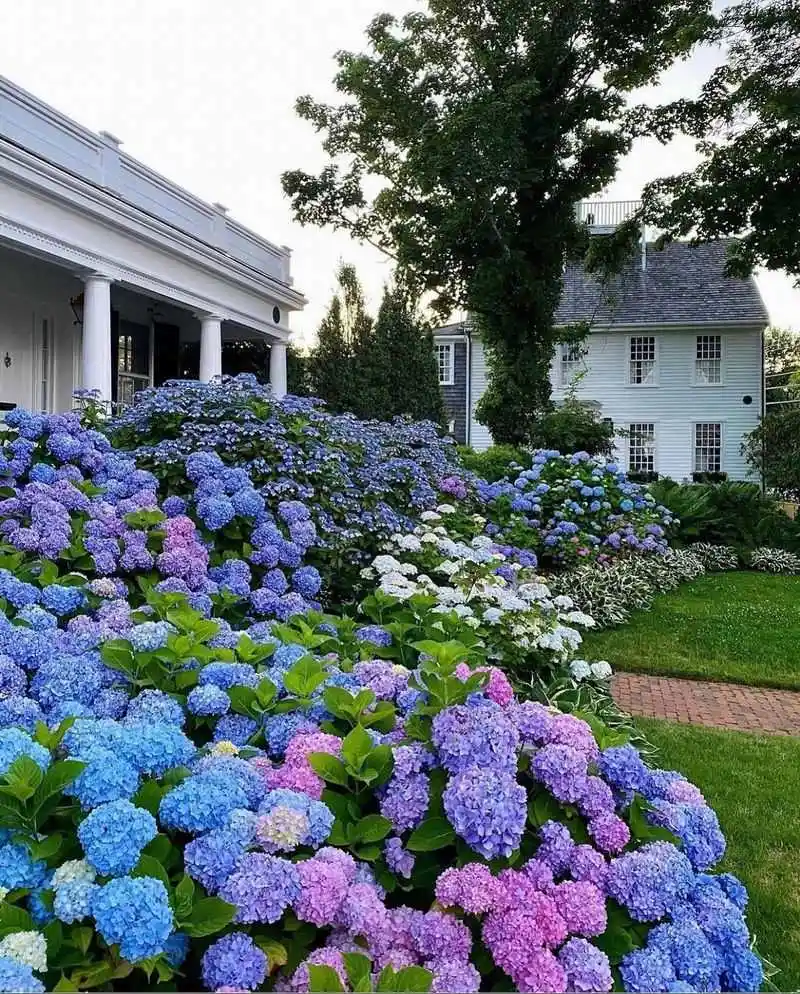
Hydrangeas are the showstoppers of the flower world. Their abundant clusters of blooms range in color from sky blue to rich pink, depending on soil acidity. Year after year, they deliver an impressive floral display that only grows more vibrant.
Initially, these garden gems may start small, but as they age, their branches strengthen, supporting more lush and abundant flower heads. The transformation is gradual yet striking. Come autumn, some varieties even offer a shift in hue, extending their visual appeal into the cooler months.
These traits make hydrangeas a favorite in many gardens.
Hosta

In the world of foliage, hostas reign supreme. Their broad leaves come in countless shades and textures, making them a versatile choice for any garden. Over time, hostas expand, forming dense, lush clumps that fill spaces beautifully.
While they may appear shy, hidden under trees or in the shadow of taller plants, hostas command attention through their sheer elegance. As they mature, their leaves grow larger and more robust, adding a dramatic touch to the garden.
Their ability to thrive in low-light conditions makes them indispensable for shady spots.
Daylily

Daylilies are nature’s fireworks, bursting with color and vibrancy. Known for their resilience, these plants thrive in diverse climates, returning each year with renewed vigor. Their blooms, although fleeting, come in waves, ensuring your garden always has a splash of color.
As perennials, daylilies multiply, creating ever-expanding clumps that enhance their visual impact. Each bloom may last just a day, but new ones open daily, providing a constant display over the summer months.
This cycle of renewal keeps gardens lively and ever-changing, a testament to their enduring charm.
Lavender
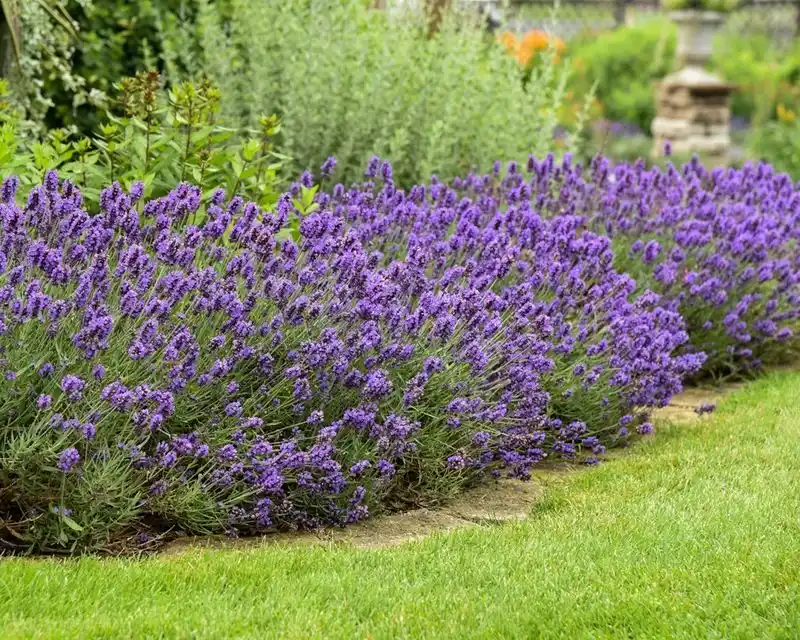
Lavender is synonymous with tranquility, its calming fragrance is a balm for the senses. Originating from the Mediterranean, this plant thrives in sunny locations, and over the years, its shrubs become more robust and bountiful.
The slender spikes of purple flowers not only attract bees and butterflies but also heighten the garden’s sensory experience. With minimal care, lavender continues to produce abundant blooms, making it a favorite for both gardeners and pollinators.
Its resilience and aromatic allure ensure it remains a perennial favorite, beloved for its beauty and utility alike.
Japanese Maple
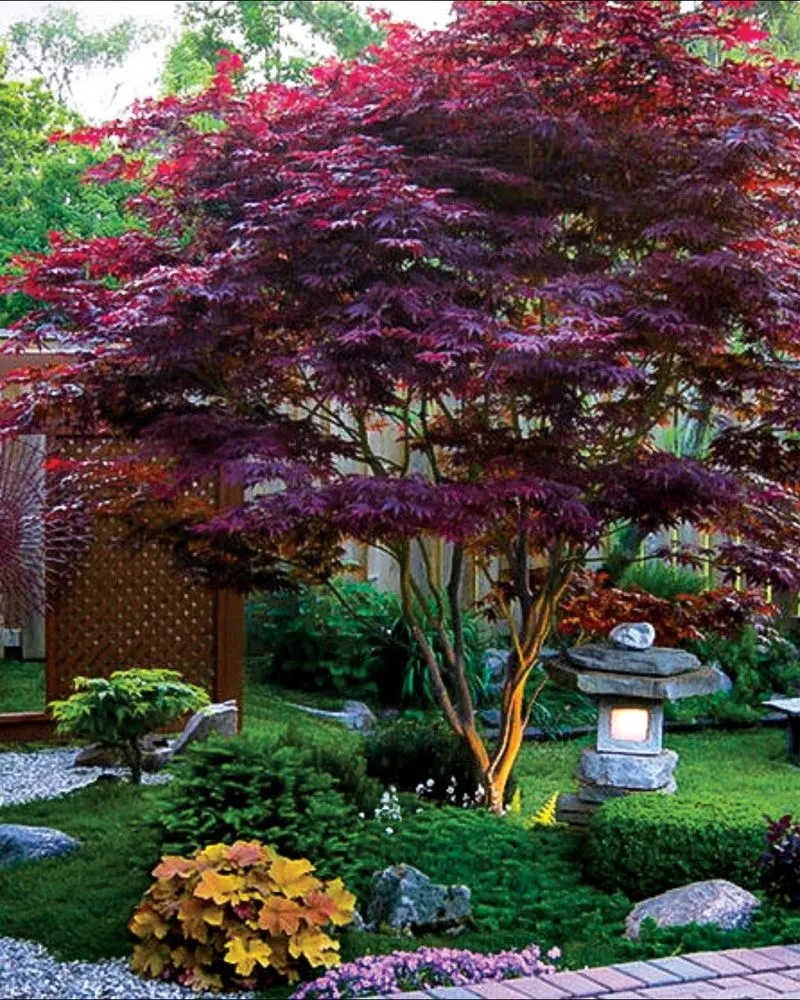
Japanese maples are the epitome of elegance and grace in a garden setting. These trees captivate with their intricate leaf patterns and seasonal color shifts. They start as modest saplings but mature into stunning focal points.
In spring, their delicate leaves unfurl in shades of green or red, transforming into brilliant hues come autumn. With each passing year, the tree’s framework becomes more pronounced, enhancing its sculptural quality.
Their adaptability to various garden styles makes them a cherished addition, offering an ever-evolving display of nature’s artistry.
Clematis
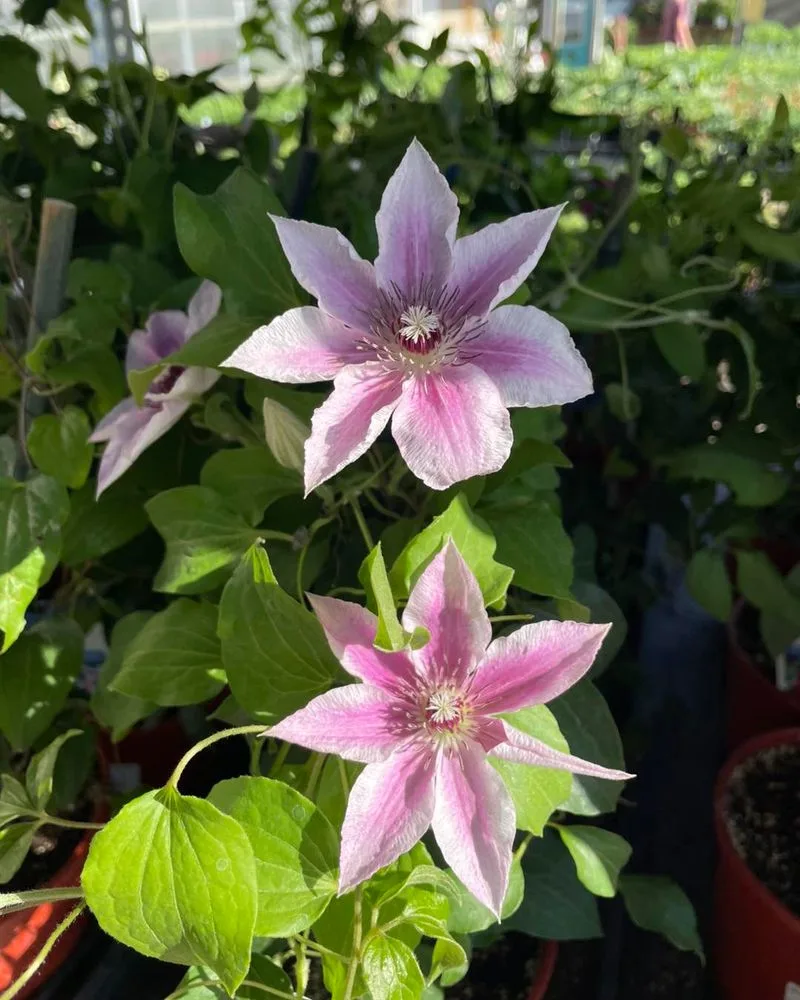
Clematis vines are the jewels of the vertical garden world. These climbers adorn fences and trellises with vibrant blooms that come in an array of colors and forms, from star-shaped to bell-like flowers.
As these vines age, they become more prolific, producing more flowers and growing stronger stems. This upward growth creates a breathtaking display that can transform any vertical space.
With the right care, clematis plants reward gardeners with a cascade of blossoms that enhance the garden’s vertical dimension, offering a tapestry of color and texture.
Rose
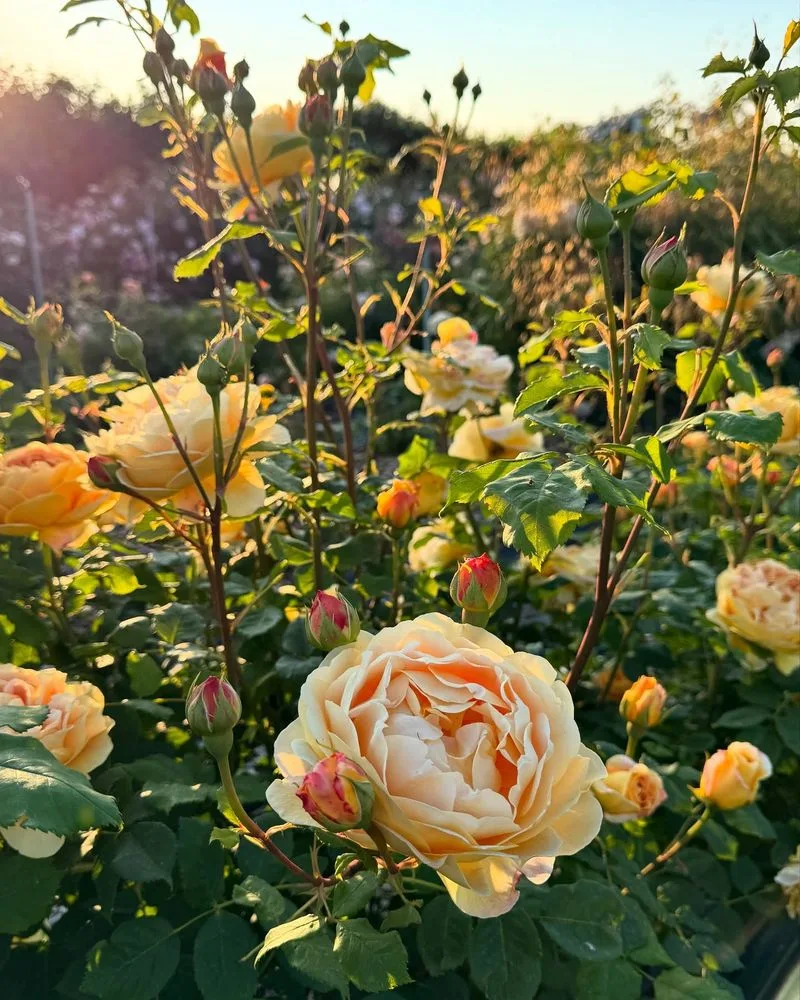
Roses are undoubtedly the most celebrated flowers, synonymous with love and beauty. While many annual varieties exist, it is the perennial roses that offer a lasting romance in the garden.
With age, rose bushes develop more stems, yielding a greater number of blooms. Each flower tells its own story, adding layers of charm and history to the garden landscape.
Proper care ensures that roses continue to flourish year after year, their color and fragrance becoming more intense as they mature, weaving a tapestry of floral elegance.
Wisteria
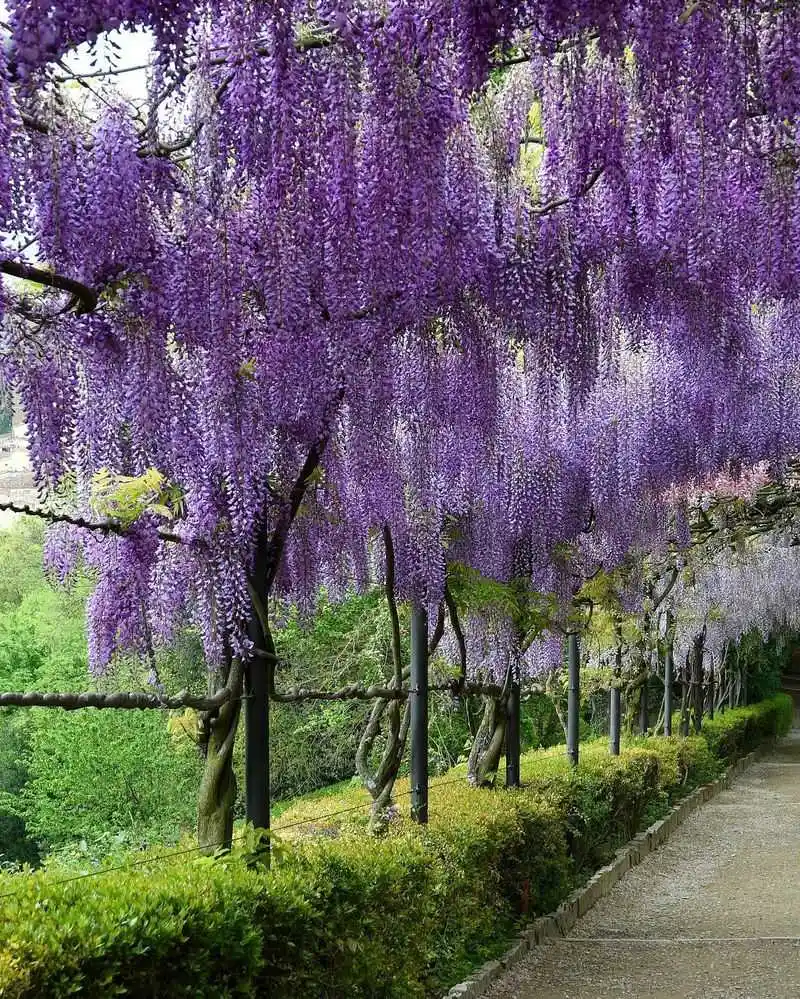
Wisteria vines are the epitome of dramatic beauty. Their cascading clusters of fragrant flowers create a striking visual, transforming garden structures into living art.
Despite a slow start, wisteria’s growth accelerates with age, covering trellises and arbors in dense foliage and stunning blossoms. Each spring, they put on a breathtaking show, with long, hanging clusters swaying gently in the breeze.
Their ability to create a whimsical, fairy-tale atmosphere makes them a sought-after addition to gardens, offering an ever-evolving spectacle.
Sedum
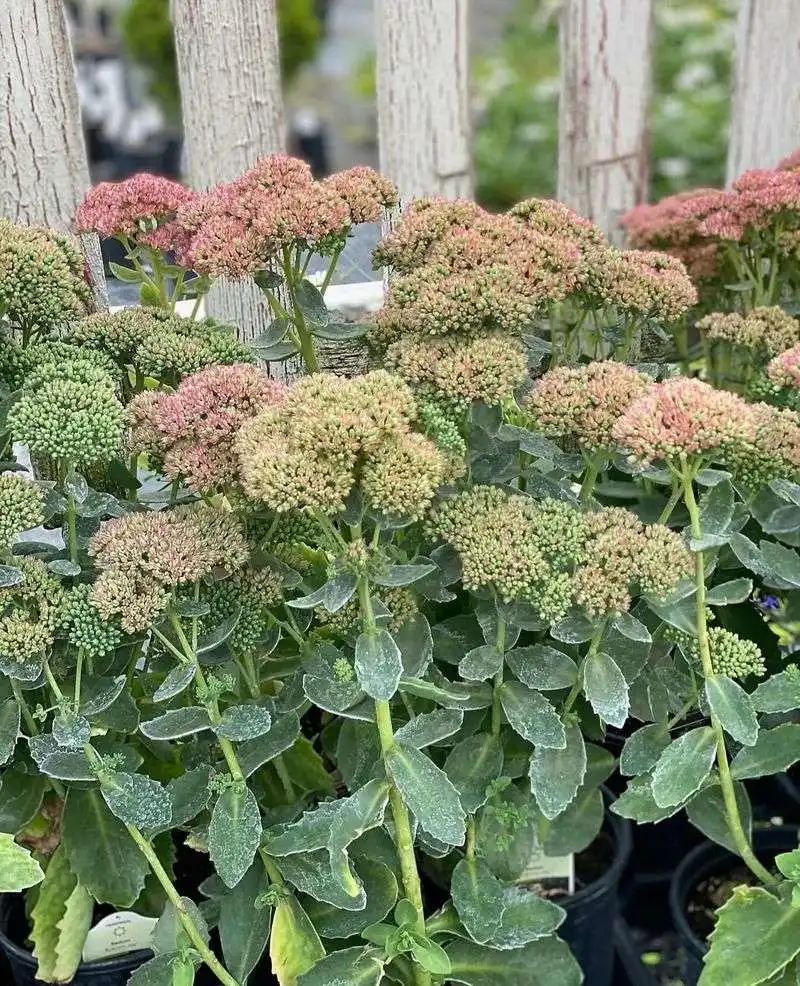
Sedum plants, often known as stonecrops, are the workhorses of the garden. Their succulent leaves and vibrant flowers make them a favorite for rock gardens and borders. These tough perennials thrive in poor soil and harsh conditions.
With each year, sedum spreads, creating a carpet of foliage that bursts into bloom in late summer. Their star-shaped flowers attract pollinators, adding movement and life to the garden.
Their resilience and adaptability ensure they remain a popular choice for gardeners seeking low-maintenance beauty that improves with age.
Lupine
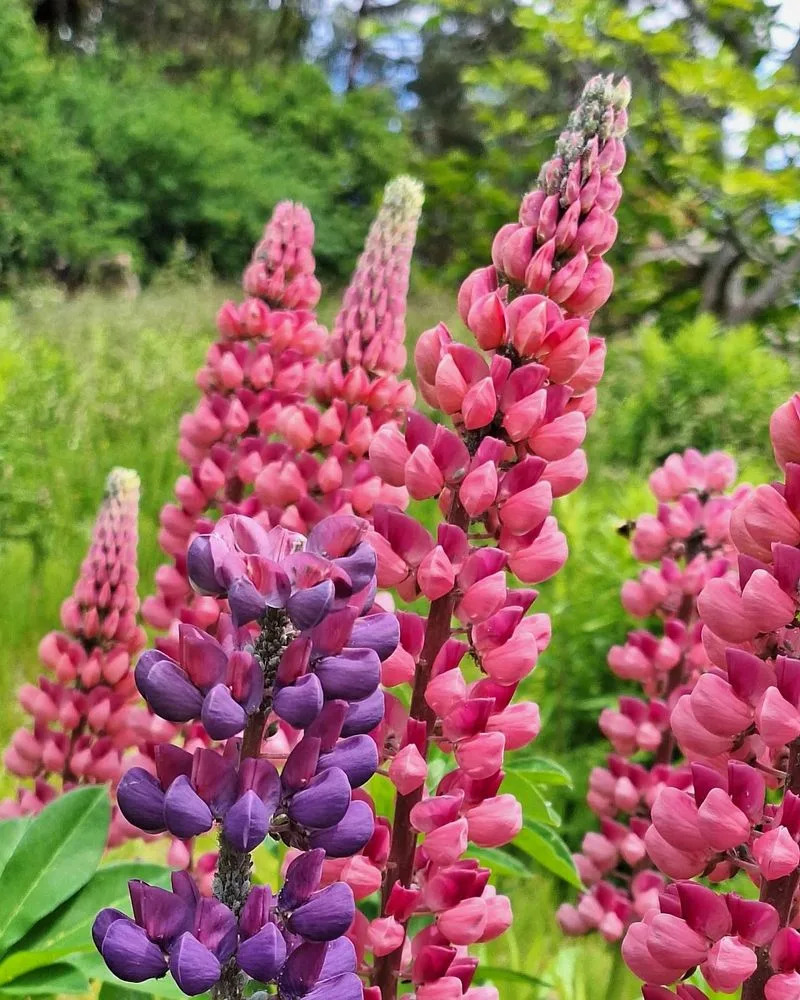
Lupines bring a touch of wild beauty to any garden. Their tall spires of flowers come in a range of colors, but it is the blue and purple shades that often steal the show.
As these plants mature, they establish deeper roots, allowing them to produce more prolific blooms. Each spire towers gracefully, adding vertical interest and a splash of color.
Lupines thrive in well-drained soil and sunny spots, providing a carefree display that is both wild and captivating, reminiscent of open meadows and fields.
Bee Balm
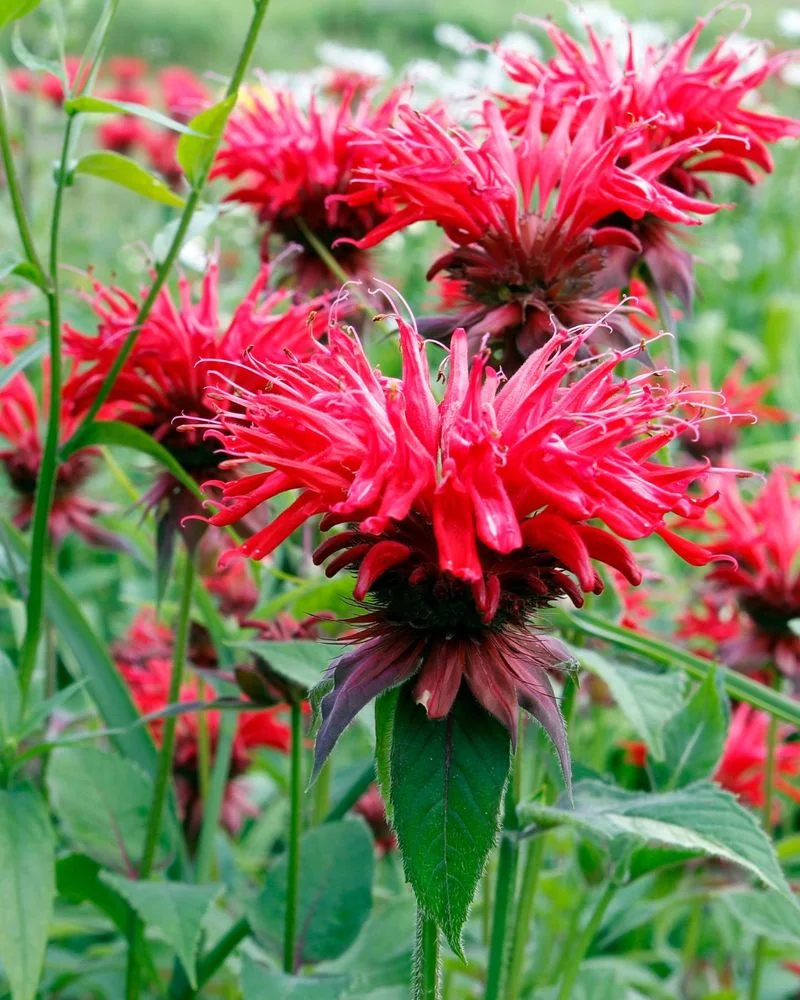
Bee balm, known for its quirky, ragged flowers, brings a sense of whimsy to the garden. Its vibrant blooms attract bees, butterflies, and hummingbirds, creating a lively atmosphere.
As it matures, bee balm spreads, forming dense patches of color that brighten the landscape. The aromatic foliage adds another layer of sensory delight, making it a multi-sensory plant.
This easy-to-grow perennial thrives in sunny spots, ensuring it remains a beloved choice for wildlife-friendly gardens, offering charm and ecological value with each passing year.
Coneflower
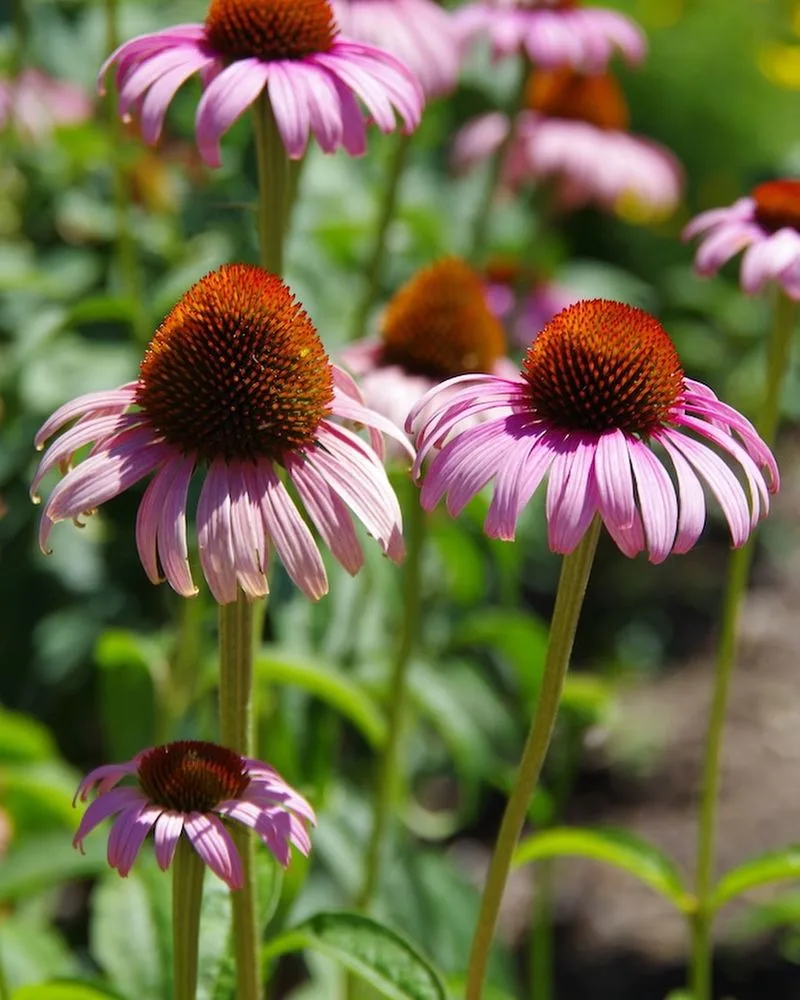
Coneflowers, or echinacea, are the resilient beauties of the garden. Their daisy-like flowers, with prominent central cones, offer a striking display from mid-summer to fall.
Over time, these perennials develop stronger root systems, enabling them to withstand drought and harsh conditions. Their petals come in various shades, but the classic purple coneflower remains a favorite.
Apart from visual appeal, coneflowers serve as an important food source for pollinators. Year after year, they return with increased vigor, painting the garden with bold colors and vitality.
Astilbe
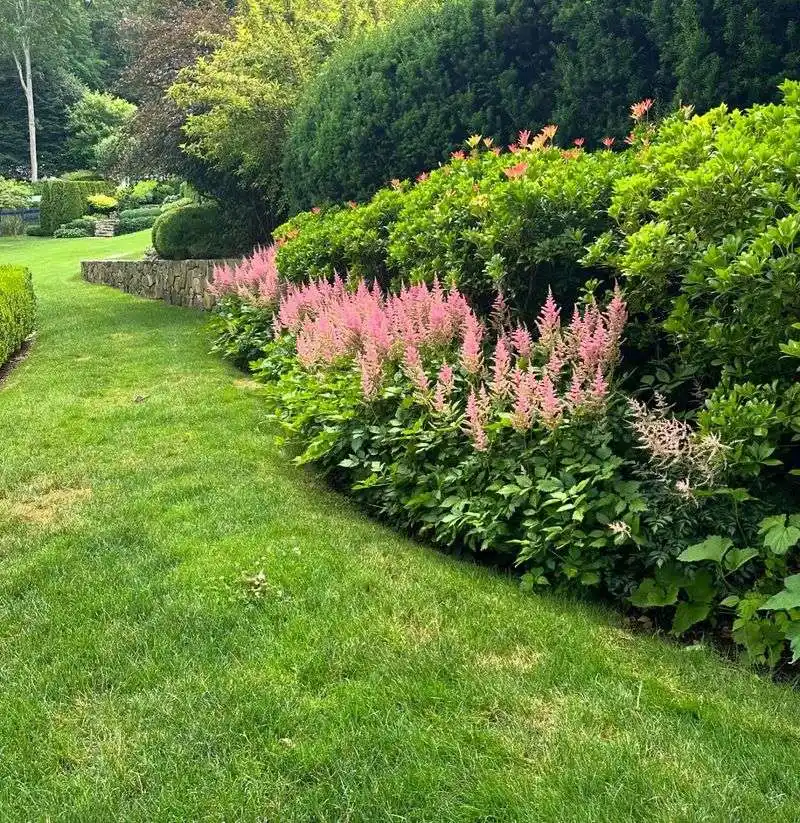
Astilbe plants are the unsung heroes of shaded gardens. Their feathery plumes and fern-like foliage bring grace and texture to any landscape.
Initially, they may seem understated, but as they age, astilbes develop more robust clumps, providing a fuller bloom display each year. These perennials thrive in moist, shaded areas, offering a burst of color where few others can.
Their gentle presence belies a hardy nature, making them a reliable choice for gardeners seeking beauty without fuss, year after year.
Ferns

Ferns evoke a sense of primordial beauty, with their intricate fronds adding a lush, green texture to the garden. Over time, these plants spread, creating an undergrowth tapestry that thrives in shady spots.
As they mature, ferns become more established, their fronds growing larger and more intricate. Their ability to adapt to various environments makes them a versatile addition.
These timeless plants offer a quiet elegance, transforming garden nooks into serene retreats, reminiscent of ancient forests and peaceful glades.
Bleeding Heart
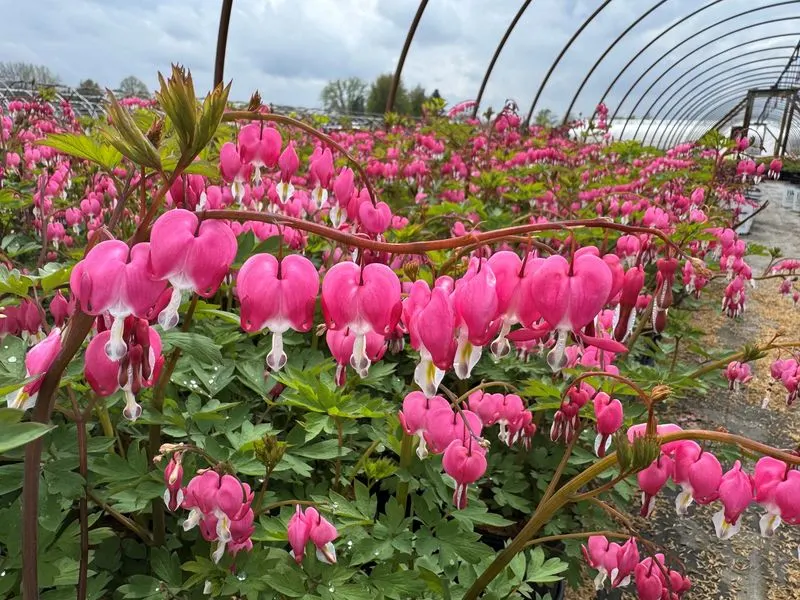
Bleeding hearts are the epitome of garden charm, with their heart-shaped flowers dangling in delicate chains. These perennials thrive in shaded areas, offering a romantic display each spring.
As they age, bleeding hearts grow into fuller clumps, their arching stems becoming more pronounced. The soft pink and white blooms capture attention, evoking a sense of gentle beauty.
Their fleeting presence only adds to their allure, as they die back after blooming, leaving behind a promise of return, a cycle that endears them to gardeners season after season.

